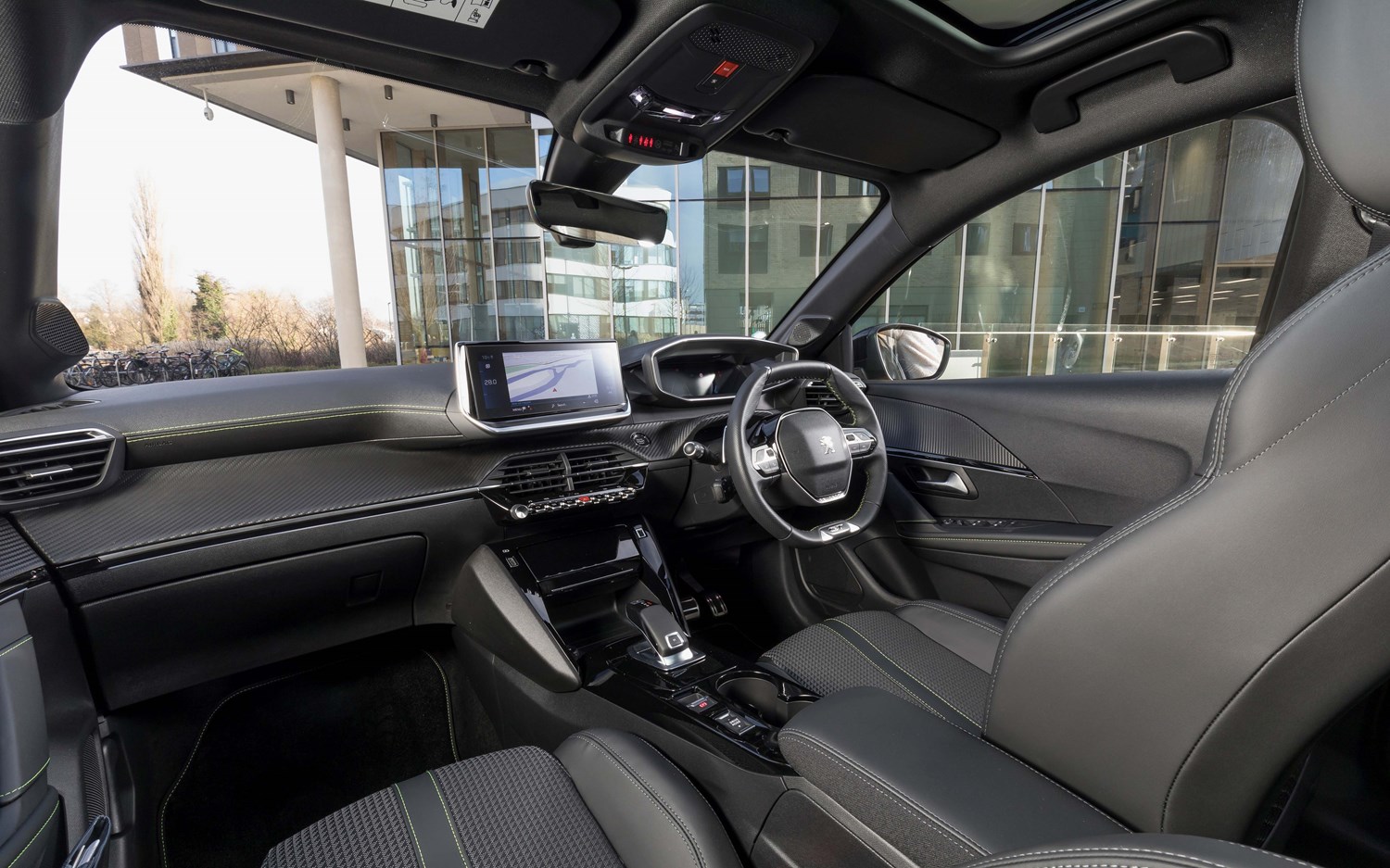Current model
The second-generation 208 model was launched at the start of 2020, and with it came a whole new look with a front end that was more aggressive, with bold-looking headlamps and daytime running lights that run down the front bumper. Then around the back, the taillights have merged across the boot like we’ve seen in some Porsches.
It all looks very smart especially alongside some of its rivals in this class. In fact, while some rivals have gone down the conservative styling route with their B-segment superminis, Peugeot has decided to take a different direction. It’s safe to say it’s worked. This treatment isn’t just reserved for the 208 though, as it’s part of a new design era for Peugeot – as shown on models like the 508 family saloon and 2008 crossover, which are shaking things up in their sector.
One thing you may not know is that the 208 has much in common with the new Vauxhall Corsa – in fact it’s built on the same CMP platform. That’s no surprise considering the companies merged in 2017.
Unlike previous Peugeot superminis, the 208 is only available in five-door form, which means there’s none of that awkward squeezing through a tight gap to get into the back seats.
Engine wise, there’s a healthy choice with not only a mix of petrol and diesel, but also an electric version too.
Value for money
Prices for the latest version of the 208 start at £17,155 and for that you’ll get an entry-level Active model which comes with 16-inch alloy wheels as standard, plus a seven-inch touch screen infotainment system. It certainly doesn’t feel lacking when it comes to standard kit, though prices have taken a step upmarket. It’s now more expensive than the Volkswagen Polo and Seat Ibiza, though it feels far more premium than before to justify its price.
Electric models are considerably more expensive, though, with prices for these starting from £26,025, and that’s including the government’s £3,000 plug-in car grant.
That said, there are already big savings off the list price on nearly-new models – models starting from £14,000 for examples with just a few hundred miles on the clock.
Looks and image
The latest generation 208 is without doubt less conservative than most of the rivals. Its aggressive look with those angular headlamps and daytime running light really makes it stand out in this segment. It’s not a million miles away from the chic and stylish design of its predecessor that has earned it praise from all corners, but is a welcome change.
The interior is just as eye-catching as the exterior, too, with plenty of soft-touch materials and piano black gloss on show. The first thing you’ll notice is the rather small steering wheel which impedes the view of the screen. The shortcut keys on the centre console are also a nice touch.
Behind the wheel the 208 is also very pleasant to drive – being agile and cornering well. It’s not the most fun choice in this sector, though, as the steering is very light, while the small steering wheel can take time adjusting to.





